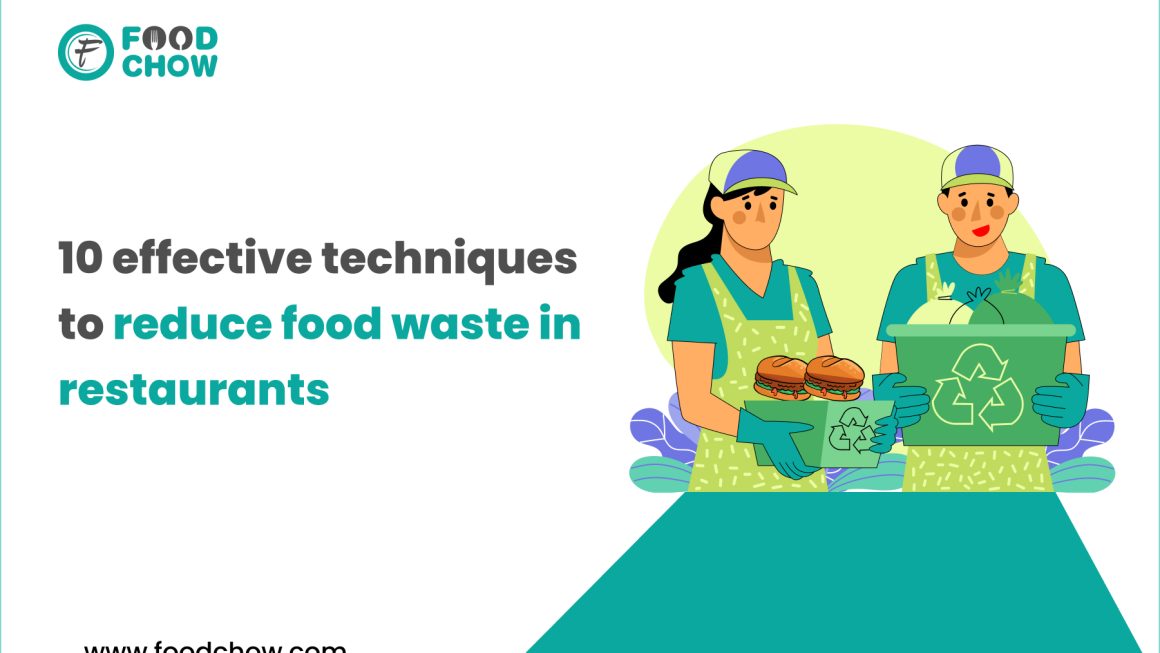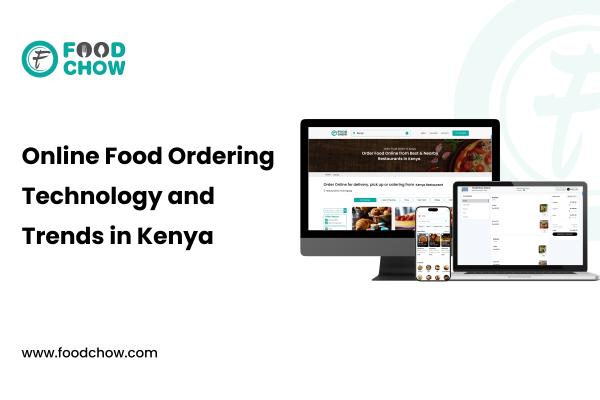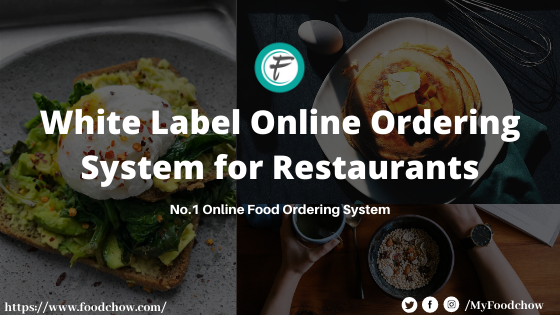In a world of plenty, we waste a lot of food.
Every year, one-third of all food produced for human consumption goes to waste. This is a huge problem, both for the environment and for our wallets.
For restaurants, food waste is not only a moral issue but also a financial burden. The cost of wasted food includes not just the purchase price of the ingredients, but also the labor and energy involved in its preparation, storage, and disposal.
In this article, we will explore 10 effective techniques that restaurants can use to reduce food waste.
These techniques are not only good for the planet, but they can also save restaurants money and improve their bottom line.
Top 10 effective techniques for restaurant
Implement effective inventory management
Regularly taking stock of your inventory helps you identify and address any potential issues with overstocking or understocking. This can be done by physically counting your inventory or using a computerized inventory management system.
The FIFO system ensures that the oldest items in your inventory are used first. This helps to prevent food from spoiling before it is used.
Keeping track of how much food you are using and how much is being spoiled can help you identify areas where you can make improvements.
This information can be used to adjust your ordering patterns and improve portion control.
A point-of-sale (POS) system can be a valuable tool for managing inventory and reducing food waste. POS systems can track sales data to help restaurants forecast demand and order the right amount of food.
All staff who handle food should be trained on proper inventory management procedures.
This includes understanding the importance of FIFO, how to properly store food, and how to identify and report spoilage.
Improve portion control
Standardising portion sizes helps to ensure that consumers are provided the same amount of food every time. This may help in waste reduction by avoiding consumers from being served more food than they can consume.
Customers may order less food if half-portions or smaller dishes are available. Customers who are controlling their weight or who are not as hungry may find this to be a suitable option.
Allowing consumers to take their leftovers home can help to reduce food waste. It is accomplished through the provision of to-go containers or by encouraging consumers to bring their own reusable containers.
Train staff on food waste reduction
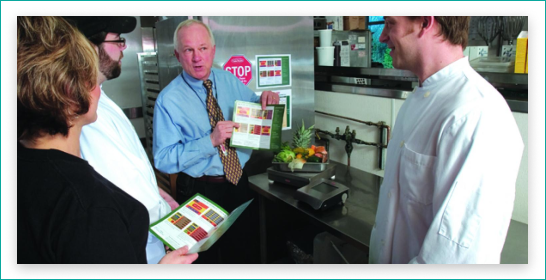
Helping staff understand the impact of food waste can motivate them to take steps to reduce it. By providing staff with information about the environmental and economic costs of food waste.
Proper food handling and storage techniques can help to extend the shelf life of food. In this training, staff should learn how to store food properly at the correct temperature, how to prevent cross-contamination, and how to identify and report spoilage.
Encouraging staff to be mindful of food waste can help to reduce waste throughout the kitchen. This can be done by asking staff to think about ways to reduce waste in their own work and by providing them with feedback on their waste reduction efforts.
Donate surplus food
Donating surplus food to local food banks or shelters is a great way to ensure that it is used by people who need it. This can be done by contacting local organizations to see if they are interested in receiving food donations.
There are a number of food rescue programs that collect surplus food from restaurants and distribute it to those in need. These programs can be a great way to get your surplus food to people who need it most.
Donating food to community events can be a great way to reduce food waste and support your community. It is a way that contacting local event organizers to see if they are interested in receiving food donations.
Compost food scraps
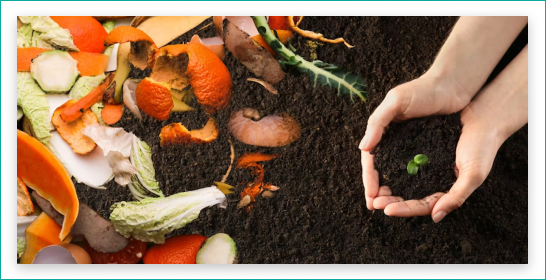
Composting food scraps is an excellent approach to reduce food waste while also producing nutrient-rich soil. This can be accomplished by installing a composting bin in your kitchen or by employing a compost tumbler.
If you lack the space or means to compost food wastes on-site, you can contribute them to a nearby composting facility. It is an excellent technique to ensure that your food waste are properly composted.
Compost is useful for fertilising gardens and landscaping. This is an excellent technique to increase the health of your plants by using composted kitchen leftovers.
Repurpose food scraps
Leftover ingredients can be used to make new recipes. This can be a terrific method to limit food waste while also getting creative in the kitchen.
Bones and vegetable scraps can be used to make stocks and broths. This is a terrific method to use up scraps and make savoury bases for soups, stews, and sauces.
Stale bread can be used to make croutons or stuffing. This is a terrific way to utilise up bread that might otherwise go to waste.
Offer customers incentives for reducing food waste
Encourage customers to bring their own reusable containers to help reduce the amount of disposable packaging waste generated by your business. Offering a discount to consumers who bring their own containers is an excellent method to encourage this behaviour.
Offering incentives to customers who finish their meals might help your business reduce food waste. This can be accomplished by offering a minor discount on their next meal or by entering them into a prize drawing.
Donating a portion of the proceeds from each meal to a food waste reduction organisation can assist to support the battle against food waste. This might be an excellent method to demonstrate to your customers that you are devoted to lowering your carbon footprint.
Also read: Restaurant management Tips
Educate customers about food waste
Including food waste information on your menus or website can assist educate clients about the issue. This can be accomplished by providing information about the environmental and economic impacts of food waste, as well as home-reduction strategies.
Hosting food waste reduction events or workshops might be an excellent approach to educate customers about the issue. These events can enlighten customers about the causes and implications of food waste, as well as provide recommendations for minimising food waste in their own lives.
Collaboration with local organisations to raise food waste awareness can help you reach a larger audience. Co-hosting events, sharing information on social media, or cross-promoting each other’s activities are all ways to accomplish this food waste.
Support food waste reduction initiatives
Donating to food waste reduction organisations can help to support the fight against food waste. A variety of organisations are aiming to reduce food waste at all stages of the food system, from farm to fork.
Volunteering your time to assist with food waste reduction projects might be a terrific way to help. A variety of organisations rely on volunteers to assist with duties such as gleaning food from fields, sorting food donations, and composting food leftovers.
Spreading the word about food waste reduction via social media can assist to raise awareness of the issue. This can be accomplished through disseminating information on food waste as well as food waste reduction tips.
Make food waste reduction a priority
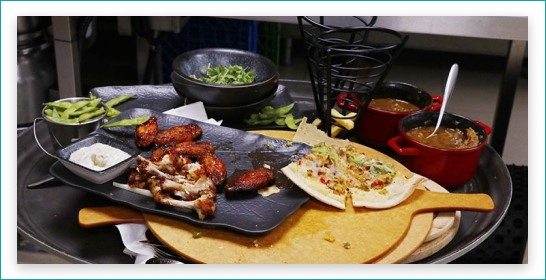
Setting objectives to reduce food waste might help you stay on track. This can be achieved by establishing targets for minimising the amount of food waste generated by your business by a specified percentage or amount.
Monitoring your food waste progress on a regular basis might help you find areas for improvement. On a weekly or monthly basis, your employer should keep track of the amount of food waste generated by your restaurant.
Making food waste reduction a part of your restaurant’s culture can assist ensure that everyone is committed to minimising food waste.
This can be managed by training employees on food waste reduction, giving incentives for food waste reduction, and implementing food waste reduction measures.
Summing up!
Reducing food waste is not only a moral obligation but also a wise business decision. By implementing the techniques discussed in this article, restaurants can significantly reduce their food waste, save money, and improve their bottom line.
If you’re looking for a comprehensive solution to help you manage your inventory, track your food waste, and reduce costs, then FoodChow POS is the perfect tool for you.
With FoodChow POS, you can:
- Gain real-time insights into your inventory levels
- Implement effective portion control measures
- Track food waste and identify areas for improvement
- Generate reports to measure your progress
FoodChow POS can help you make a significant impact on your food waste reduction efforts.
Contact us today to learn more about how FoodChow POS can help you save money and reduce your environmental impact.
Like to add your pos or ordering system on this blog? Click here to send us a request. Gain more customers, traffic and high quality link to mention your product.

